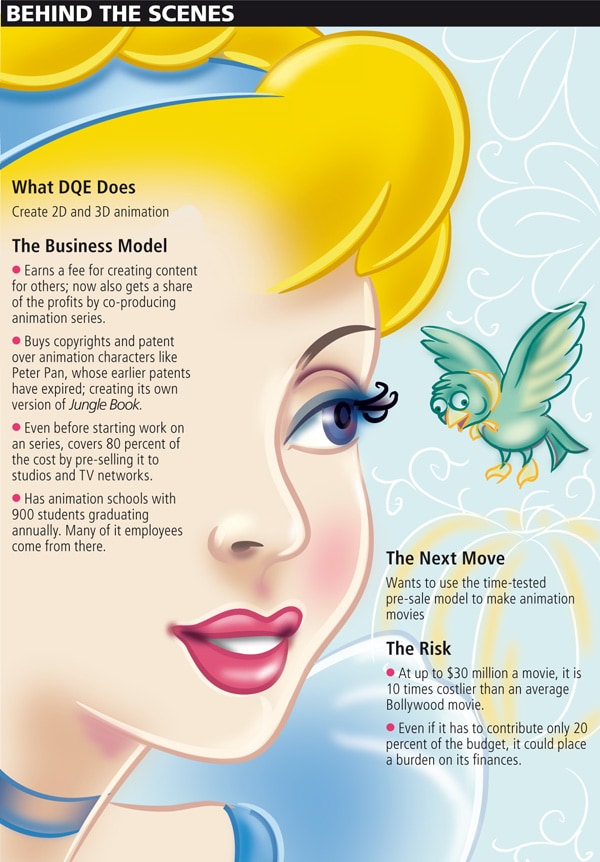
The Animation Boy Who Grew Up
Tapaas Chakravartiís best friends as a child were comic books. Today his company is bringing them to life on the big screen
As a small boy, Tapaas Chakravarti never had a set group of friends. His father was an employee with the Indian Railways and had to move town every couple of years. So Chakravarti did the next best thing. He created his own set of friends; he dreamed up characters and borrowed liberally from his collection of over 4,000 comic books. He had his own world — his very own Neverland. He played Peter Pan, the boy who never grew up.
Some thirty years on, Chakravarti is sitting in his office in Hyderabad’s Banjara Hills. He is surrounded by pictures and models of Mickey Mouse, Iron Man, Mowgli and Casper. He exclaims, “I’m living my dream!” The dreamer-turned-entrepreneur has created a business out of his heroes and fantasy worlds. His company, Hyderabad-based DQ Entertainment, is the largest animation company in India. With 3,500 employees, its shop floor is among the largest in the world.
In its 11 years of existence though, DQE has remained relatively unknown outside the industry. It was only earlier this year that the investment community woke up to it when DQE announced plans to raise Rs. 150 crore through an initial public offering (IPO). The IPO was oversubscribed by more than 80 times, at a time when a much bigger offering from NMDC failed to create much excitement.
DQE, like its peers, Crest Animation Studios and Toonz Entertainment, started off creating content for global broadcasting majors like BBC and studios like Warner Brothers and Walt Disney. As in other verticals of business process outsourcing, India was a low-cost production destination for animation. DQE later went a step higher on the value chain and ventured into co-production. Instead of just creating content for others, the company was also investing in projects to take minor rights over the ‘property’.
Two years ago, DQE took a bigger step, one that was new for the Indian animation industry. Patents on many historic animation characters were expiring. Chakravarti saw the opportunity and started buying up. His first two buys were Jungle Book and Peter Pan. Chakravarti’s version of Mowgli and his wild friends is slated to hit global cartoon channels by the end of 2010. But even before that, the entrepreneur has managed to sell the ‘property’ in more than 130 countries.
“We follow a pre-sale model, by which almost 80 percent of the production costs are covered by selling the property rights in various regions,” says Chakravarti.















